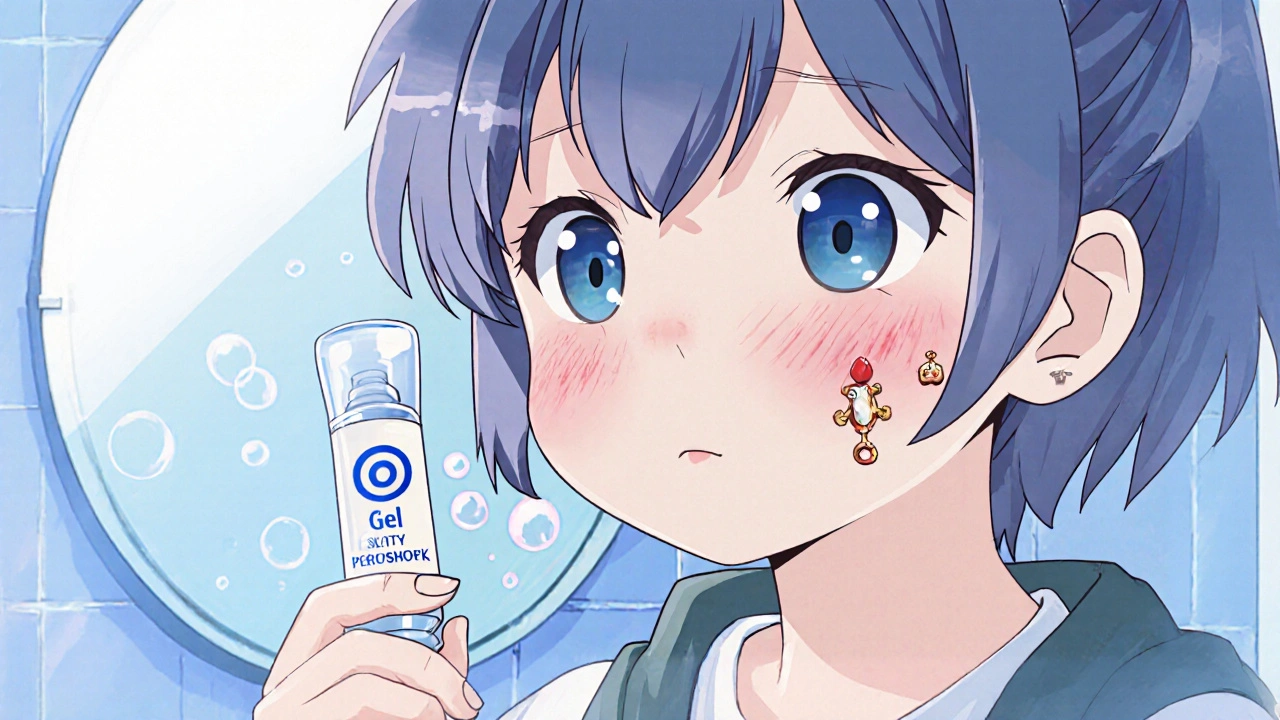Benzoyl Peroxide Side Effects: What You Need to Know
17 Oct, 2025Learn why benzoyl peroxide can cause redness, dryness, and sensitivity, how to manage these side effects, and when to see a dermatologist.
READ MOREWhen it comes to acne treatment, a range of medical and topical approaches used to reduce breakouts, inflammation, and scarring caused by clogged pores and bacteria. Also known as acne therapy, it’s not just about washing your face more—it’s about targeting the root causes like excess oil, bacteria, and hormone-driven inflammation. Too many people jump from one product to another, hoping for a quick fix, only to end up with red, irritated skin and zero results. The truth? Not all acne is the same, and not all treatments work for everyone.
Topical treatments, directly applied medications like benzoyl peroxide, retinoids, and salicylic acid that penetrate the skin to unclog pores and kill bacteria. Also known as spot treatments, they’re often the first line of defense for mild to moderate acne. You’ll find these in everything from cleansers to gels. But using them wrong—like layering too many at once or skipping sunscreen—can make things worse. Then there’s oral antibiotics, prescription pills like doxycycline or minocycline used to reduce bacterial growth and inflammation in moderate to severe acne. Also known as systemic acne meds, they’re not meant for long-term use, but they can give you breathing room while other treatments kick in. And let’s not forget hormonal acne, especially in women, which often needs different tools entirely—like birth control pills or spironolactone.
What you won’t find in most guides? Real talk about how long things actually take. Acne treatment isn’t a 3-day miracle. It’s a 6-to-12-week grind. And if you’re using a new product and your skin breaks out worse at first? That’s normal—it’s called purging, not a reaction. But if your skin is burning, peeling, or turning bright red? That’s not normal. Stop. Reassess. Talk to a dermatologist.
There’s also a big gap between what’s sold online and what actually works. You’ll see ads for miracle serums, detox teas, and essential oil blends that promise clear skin overnight. But the science backs only a few things: retinoids, benzoyl peroxide, antibiotics (when needed), and consistent sunscreen use. Everything else? Mostly noise.
Below, you’ll find real comparisons and guides—some on how to spot fake meds, others on how to pick between antibiotics or what to do when your skin gets too dry from treatment. No fluff. No marketing. Just what you need to know to make smart choices, avoid scams, and finally get your skin under control.

Learn why benzoyl peroxide can cause redness, dryness, and sensitivity, how to manage these side effects, and when to see a dermatologist.
READ MORE